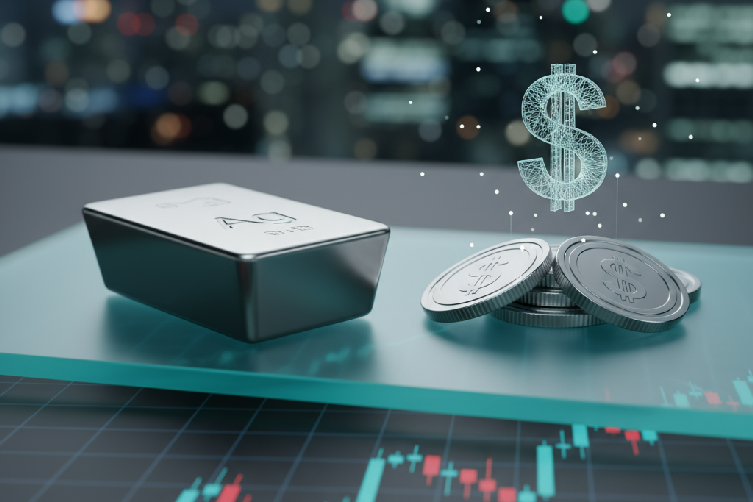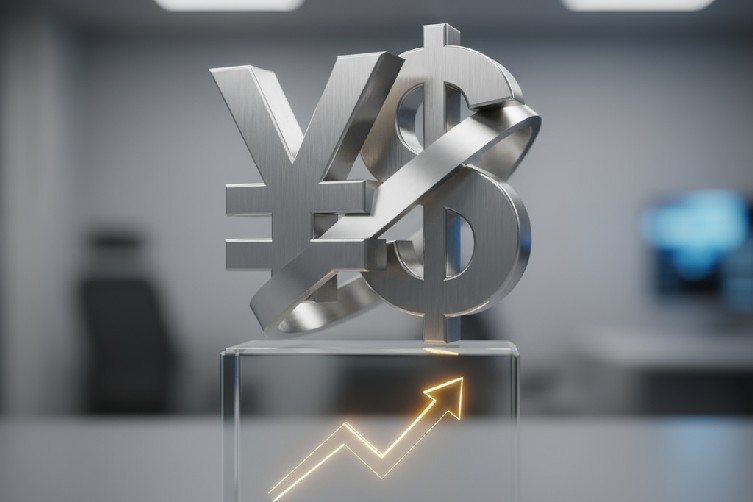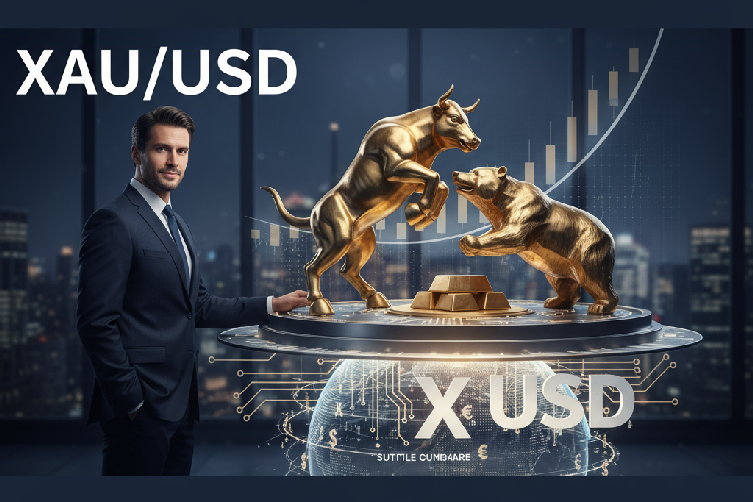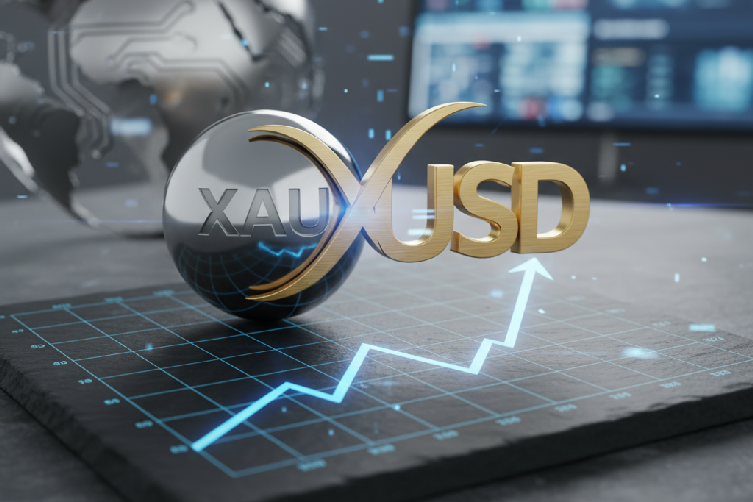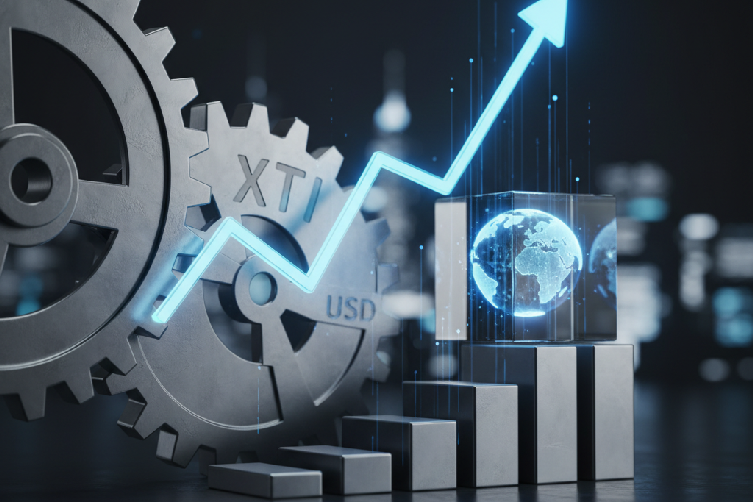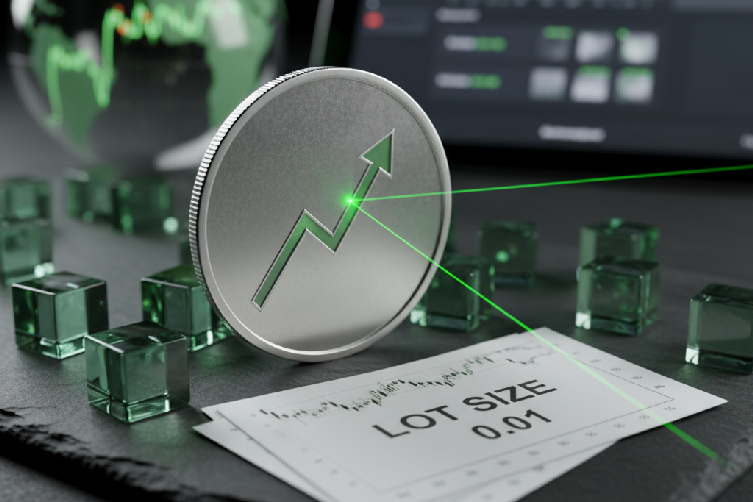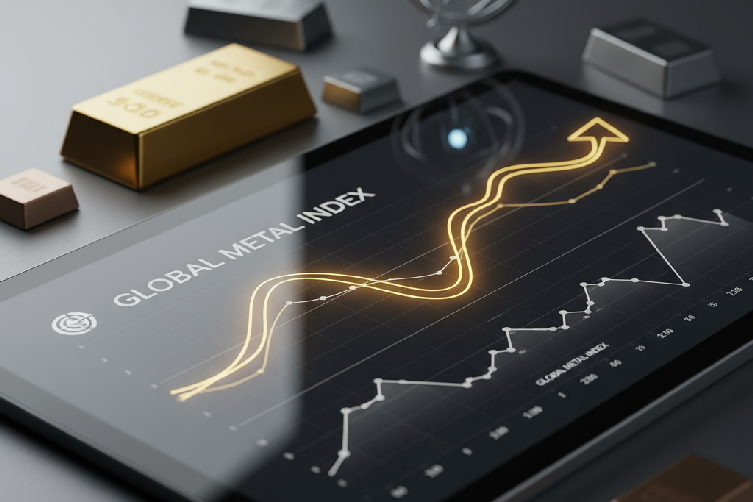
In forex trading, a number of factors, such as market situation, currency pair volatility, and liquidity, influence the spread. Different currency pairings can have quite varied spreads; major pairs, such as EUR/USD and GBP/USD, usually have tighter spreads because of their considerable liquidity. The difference between the ask price, which is the price at which you may buy, and the bid price, which is the price at which you can sell, is known as the bid-ask spread. Because you will join a transaction at the ask price and exit at the bid price, the spread in forex has a direct effect on your trading performance. For instance, the spread would be 0.0002 if the ask price for EUR/USD was 1.2002 and the bid price was 1.2000. Profitability is facilitated by a tighter spread, whereas a bigger spread necessitates more market movement in your favor before you can profit. It is essential for forex traders to understand spreads in order to assess trading costs and choose the most suitable brokers for their strategy. Follow us for more information about spread in forex. 
The impact of spread on forex trades
In a forex exchange, the spread in forex is the difference between the ask and bid prices. It stands for the transaction execution cost. A larger spread implies a higher cost to the trader since they must make a profit by covering the spread. On the other hand, smaller trading expenses result from a tighter spread. The spread may significantly affect how profitable forex deals are, particularly for high-frequency or short-term traders. The spread must be taken into consideration by traders when estimating their possible earnings and losses. Tighter spreads are typically seen in markets with high levels of liquidity and market maker rivalry, which is advantageous for traders. Temporary spreads might also result from volatile market circumstances.
Significance of spreads offered by different brokers
In a forex exchange, the spread is intrinsically linked to the broker’s offerings. Brokers earn money from the spread; therefore, their pricing models directly impact the trading cost for their clients. Different brokers offer varying spreads based on their business models, liquidity providers, and the type of accounts they provide. For instance, ECN (Electronic Communication Network) brokers often offer tighter, variable spreads, sometimes with commissions, as they typically pass on raw interbank market prices. In contrast, market maker brokers might offer fixed, slightly wider spreads but often without additional commissions. Traders must compare spreads offered by various brokers to find one that aligns with their trading strategy and cost expectations. A broker with consistently tight spreads for frequently traded pairs can significantly reduce overall trading expenses over time.

